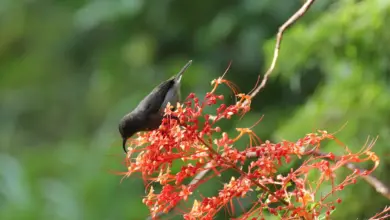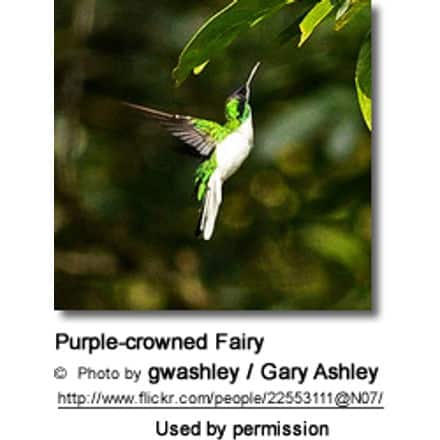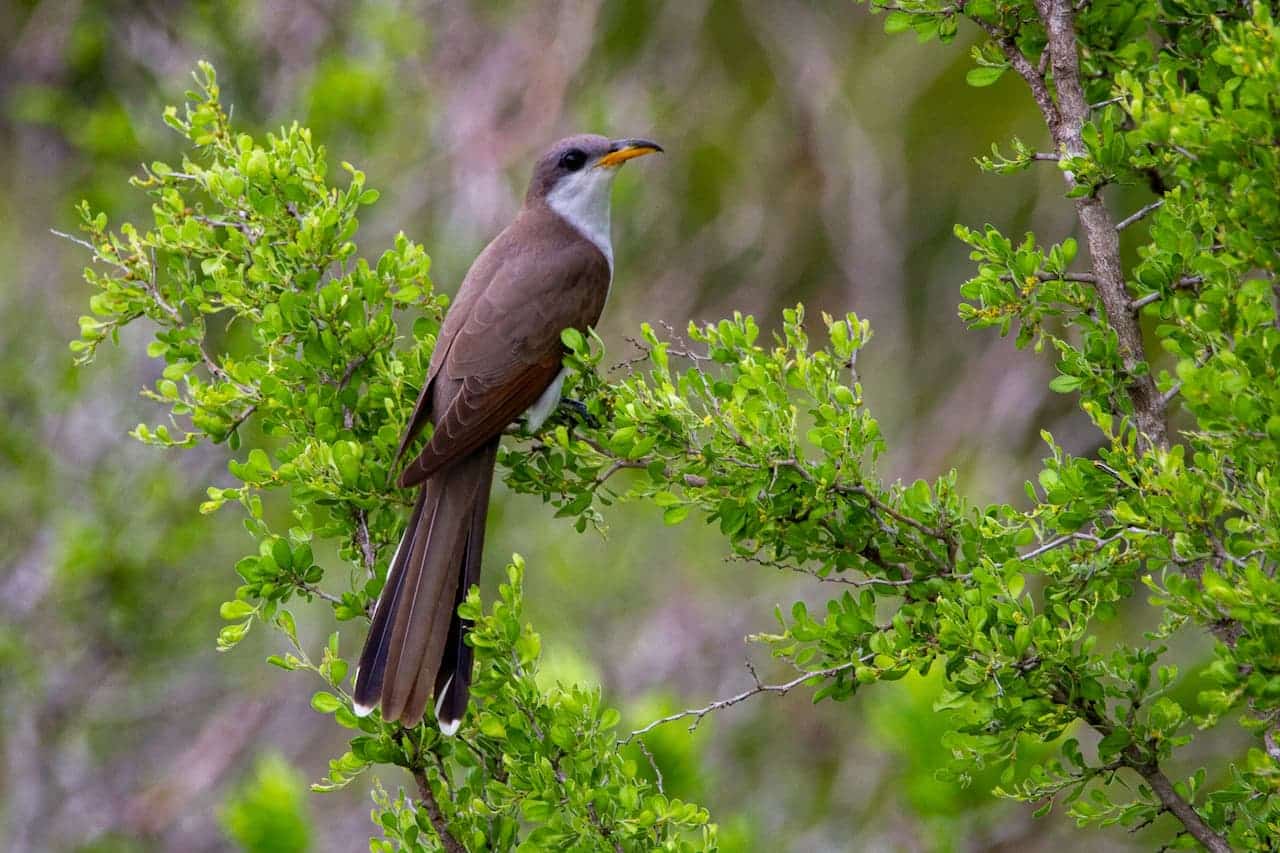Tri-colored or Forbes Parrot Finch (Erythrura tricolor)
The Tri-colored Parrot Finches or Forbes Parrotfinch (Erythrura tricolor) are small Indonesian finches that are known by a variety of names, such as Sunda Parrotfinches, Tanimbar Parrotfinches, Timor Parrotfinches, Blue-breasted Parrotfinches or Three-colored Parrot Finches.
Distribution / Habitat
The Forbes Parrotfinches occur naturally in the central and eastern Lesser Sunda islands group, specifically on Tanimbar islands, and the tropical islands of Babar, Damar, Romang, Wetar and Timor.
They are usually found in subtropical or tropical dry forests, along the forest edge, in grasslands, dry savannas, and bamboo thickets, as well as nearby farmlands.
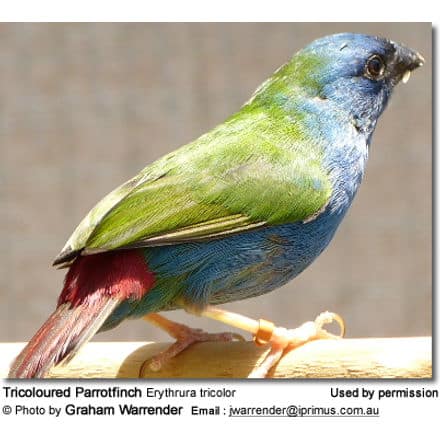
Description
Size
The Forbes Parrot finches are amongst the smallest members of the Parrotfinch family (Genus Erythrura).
- They measure about 4 inches or 10 cm in length, including their tail.They weigh from 0.28 – 0.32 oz (8 – 9 grams).
Plumage Details / Adults
Males
- The forehead, face, throat and chest are royal blue
- The back and wings range in color from pale green to forest green.
- The rump and upper tail feathers are red.
- The abdomen and the under tail feathers are green.
- Juvenile males can easily be identified by the darker blue spots occurring on his chest after about 4 month as he molts into adult plumage. Adult plumage is reached by the time they are six months old.
Females
- Paler plumaged compared to the male
- Lighter blue chests
Mutations
In captivity, several mutations have occurred, including:
- LutinosBlack-eyed YellowsPastelsSea GreensPieds
Other Physical Details
- Eyes are brown
- Beak is black
- Legs and feet are light flesh colored.
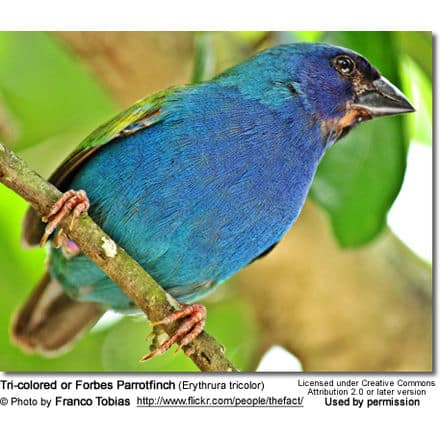
Diet / Feeding
Tri-colored Finches mostly feed on various seeds (particularly grass seeds) found on the ground. They will also take insects, particularly during the breeding season.
Breeding / Nesting
Male Tri-colored Parrotfinches will pursue the female as part of the mating ritual. Sometimes his chase is successful and he will climb on top and copulate with the female; other times, the male will give up and try again later. All this serves to get both him and the female in good physical shape for the demanding job of raising young.
After the act of mating, the pair gets started on the nest, which is usually placed in a shrub or dry bush. The male either carries nesting material to the female for her to add to the nest, or he will work on it himself. The nest is constructed out of grasses, coconut fiber, and other soft materials in a dome shape with a side entrance. It is lined with soft fine grasses, such as Swamp or November grasses, as well as feathers and hair. The construction of the nest takes from 1 – 3 days. Egg laying typically starts within a couple of days after completion of the nest. Nests are often reused over several seasons.
They usually produce 2 – 3 clutches a year and a nest may consist of 3 – 6 white eggs (rarely more than 4). Incubation usually starts when the clutch is close to being completed. The parents share the tasks of incubating the eggs for 13 – 15 days to hatching and raising the young. The young fledge (leave the nest) when they are about 18 – 23 days old, and they are independent another 3 – 5 weeks later.
Alternate (Global) Names
Chinese: ???? … Czech: Amada / Amadina zelenomodrá … Danish: Blågrøn Papegøjeamadine … Dutch: Blauwgroene papegaaiamadine, Tanimbarpapegaaiamadine … Estonian: Türkiis-roheamadiin … Finnish: Sundanparatiisipeippo … French: Diamant azuvert / tricolore … German: Forbes Papageiamadine … Indonesian: Bondolhijau Triwarna … Italian: Diamante tricolore … Japanese: Chimoaruseikouchou … Norwegian: Forbes papegøyeamadin, Timoramadin … Polish: Papuzik blekitny … Russian: ??????????? ?????????? ??????? … Slovak: Amada zelenokrídla … Spanish: Diamante Tricolor, Pinzón Loro Tres Colores … Swedish: Trefärgad papegojamadin
Life Cycle
Tri-colored Parrot finches reach reproductive maturity when they are about 6 months old, at which time they will also have attained their adult plumage.
Actual nesting usually starts when they are either one year or close to one year old and continues until the age of about 4 years.
Their average lifespan is 6 – 8 years.
Parrot Finches Further Reading
- Parrotfinch Information
- Parrotfinch Photo Gallery
- Parrotfinch Species
- Parrot Finches Breeding
- Common Health Problems of Finches
- Finch / Canary Food


